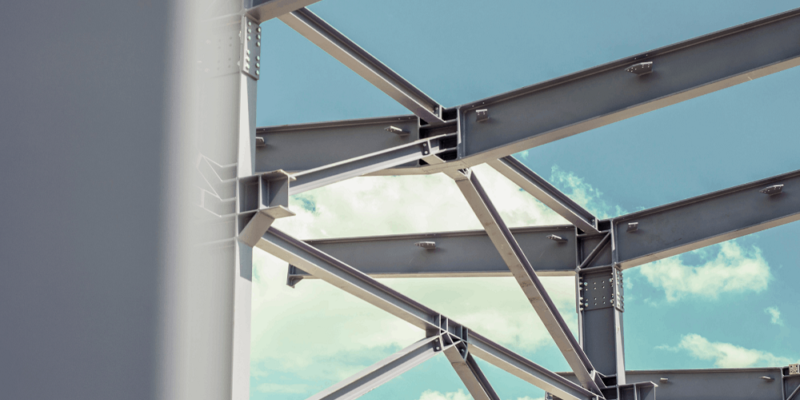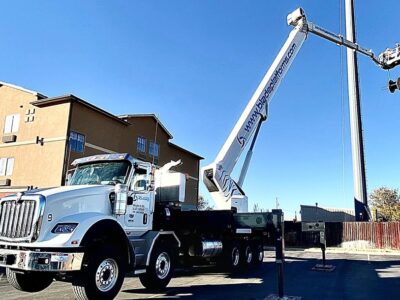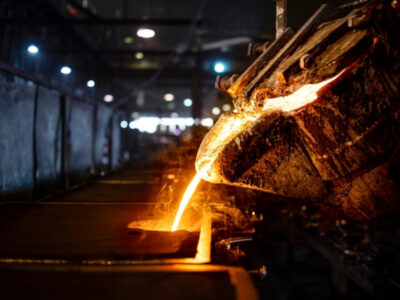Compression struts and bracing systems are essential in construction, providing structural support and enhancing stability. However, using compression struts versus other bracing systems depends on several factors. Here’s a guide to help you determine the appropriate use of compression struts:
When to use compression struts:
- Concentrated loads: compression struts are ideal for managing concentrated loads, such as those exerted by columns or concentrated reactions from beams. They provide direct and efficient load paths, safely transferring these loads to the supporting structure.
- Limited space: compression struts are often more compact and require less space than other bracing systems. They can be effectively used in areas with limited space or where the installation of bulkier bracing systems would be challenging.
- Vertical load resistance: compression struts are designed to resist vertical loads and axial forces. Compression struts are the optimal choice if your structure primarily experiences compressive forces, such as in multi-story buildings.
- Seismic regions: compression struts enhance the seismic performance of structures. If your project is located in a seismic region prone to earthquakes, compression struts can provide critical damping and energy dissipation, reducing the impact of seismic forces on the building.
- Wind-prone areas: Compression strut contribute to lateral stability, making them effective in areas prone to high winds. They help resist lateral forces and minimise the risk of structural drift or sway, ensuring the building remains upright and stable.
- Complex architectural designs: compression struts offer design flexibility, making them well-suited for projects with unique architectural features or complex layouts. They can facilitate innovative designs and efficient use of space without compromising structural stability.
When to consider other bracing systems:
- Torsional loads: in structures where torsional loads are a primary concern, such as tall buildings with irregular shapes, other bracing systems like diagonal braces or shear walls may be more effective in resisting twisting forces.
- Horizontal loads: if your structure is predominantly subjected to horizontal loads, such as in long-span bridges or horizontal trusses, alternative bracing systems like horizontal braces or moment-resisting frames could be more suitable.
- Large spans: for structures with large unobstructed spaces, such as warehouses or aircraft hangars, alternative bracing systems like truss systems or cable stays may be preferred to maximise the open area and minimise obstructions.
- Fire-resistant design: in projects where fire resistance is a critical concern, certain bracing systems from fire-resistant materials may be more advantageous. These systems can help prevent structural collapse in the event of a fire.
- Cost and material optimisation: if your project has strict budget constraints or specific material preferences, alternative bracing systems might offer more cost-effective solutions or better align with your material choices.
Making the right choice
Using compression struts versus other bracing systems depends on various factors, including load types, spatial constraints, regional considerations, and design objectives. By carefully analysing the specific requirements of your project, you can select the most appropriate structural support system, ensuring structural stability, safety, and compliance with building codes and regulations.
In summary, compression strut is ideal for managing concentrated loads, enhancing seismic and wind resistance, and facilitating complex designs. They are particularly well-suited for structures experiencing compressive forces, located in seismic or wind-prone areas, or requiring efficient use of space. However, alternative bracing systems may offer more tailored solutions for projects with unique load conditions, spatial considerations, or specific performance requirements.











Comments